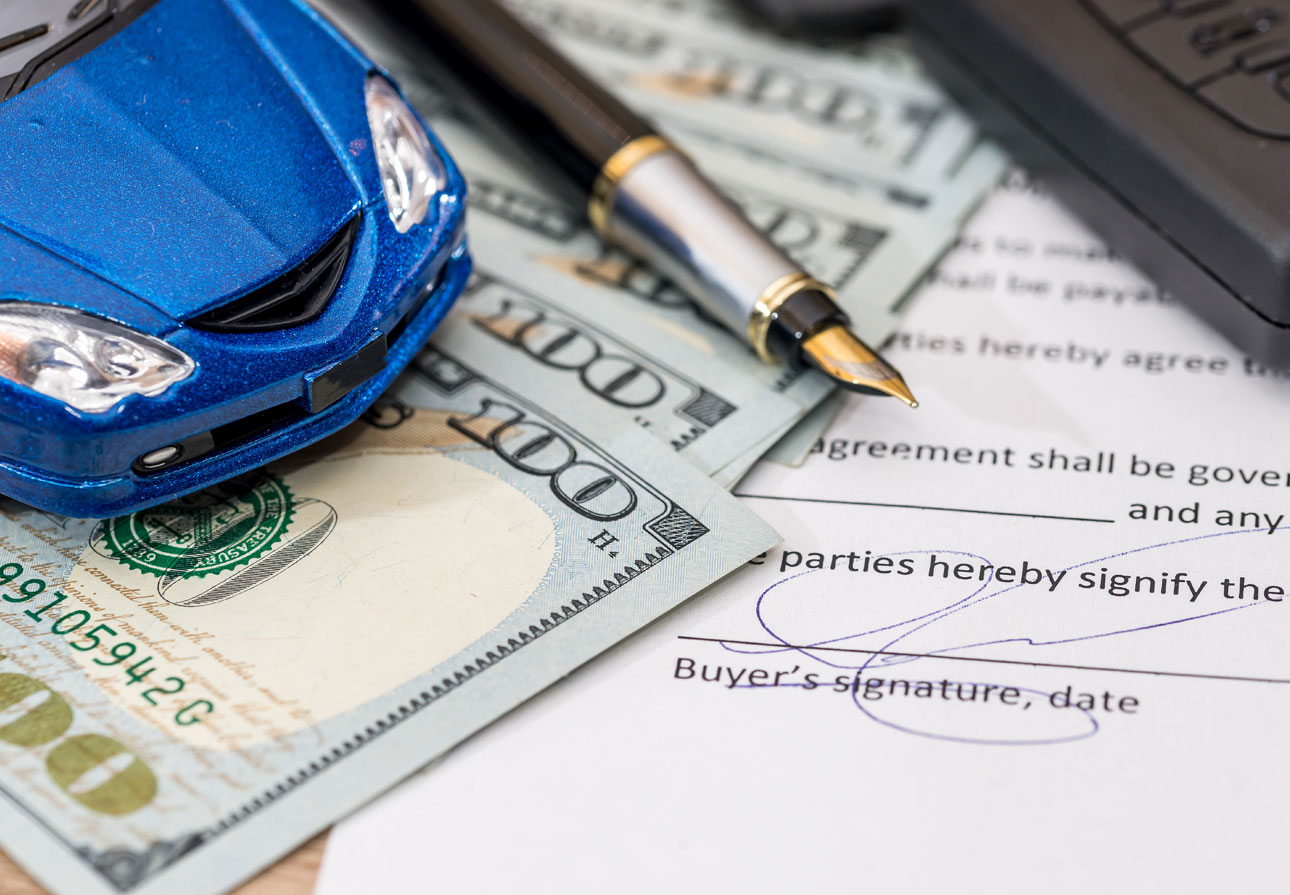
How Long Should You Finance a Car?
Choosing how long you finance a car for can be as important as choosing the car you’re buying. The length of a car loan will have significant impacts on your budget in the short-term and long-term. It’s important to understand the differences and choose a loan term that matches your financial situation.
How Does Financing a Car Work?
Financing a car means taking out a loan from a financial institution and using it to purchase a car. Depending on the term of the loan, you’ll be paying back the total loan amount plus any interest accrued.
Larger dealerships will have a financing department within the building to offer you an auto loan deal, but make sure to shop around for an auto loan before stepping onto a lot. Start with researching the auto loan rates from various lenders to get the best deal. If you find an offer that you like, you can get pre-approved for a loan before purchasing a car.
Before receiving the amount outlined by the loan, the lender will ask for information like:
- Your name
- Address
- Social Security Number
- Proof of Income / Employment
- Purchase Price of the Car
Financing a car can be broken down into the pieces of a monthly payment:
- Loan amount – how much you owe on the vehicle after the downpayment
- Term length – a shorter term can lead to higher payments but less interest
- Interest rate – there are fixed rates and variable rates
Once provided with the loan, you’ll be expected to make regular payments to the lender for the full term of the loan. Failing to meet these obligations can lead to the car being repossessed.
How Does the Down Payment Affect the Financing of the Car?
The higher downpayment you put on a car, the less you’ll need to finance. That larger downpayment means you’re building equity in the vehicle sooner. Sometimes this can mean a lower interest rate because you’re bringing the loan amount closer to or under the value of the car, which mitigates the risk the lender is taking with the loan.
It’s suggested that you put at least 20% down on a new vehicle since the value of the car will depreciate that much within the first year. Anything less than 20% runs the risk of you owing more on the car than the car’s worth, which means being “upside down” on the loan.
If you’re financing more than 80% of the loan, you’ll want to investigate Guaranteed Asset Protection (GAP) Insurance just in case the car is totaled or stolen. GAP insurance covers the difference between what you owe on the car loan and the car’s Actual Cash Value (ACV). GAP insurance can be purchased from your auto insurance company or some direct lenders.
Another option is buying the car outright with cash. This completely avoids the need to finance, and you own the car immediately. However, if you’re trying to build credit, consider financing a small amount to help establish credit.
Make sure to see if the loan comes with a prepay penalty. This is a fee that some lenders charge when a borrower pays off a loan before the scheduled end date.
Is It Better to have a Longer or Shorter Auto Loan Term?
Short-Term Auto Loan
When choosing a shorter-term auto loan, usually between 24 – 48 months, you can typically expect lower interest rates and higher payments. The lower interest rates mean you’ll be paying less interest overall, but the higher payments can put a greater strain on your budget.
If you can afford the higher payments and want to own the car outright sooner, a shorter-term auto loan might be the best option. You’ll also help mitigate the risk of the car’s value depreciating if you’re planning on trading the car in or reselling in a few years.
Long-Term Auto Loan
Longer-term auto loans are usually between 60 and 84 months. They come with lower payment amounts, making them a more affordable option on a payment-to-payment basis. However, the total interest paid can be substantially higher due to the extended term.
Because you’ll be financing the car for a longer period, it’s best to choose one that’ll hold its value well. Researching the used car market and noting which makes and models have a strong resale value can help you decide what car could turn into a better investment.
This is another situation where GAP insurance can be useful in protecting your investment since you’ll be financing the car for longer.
Is It Better to Have a Fixed or Variable Rate Loan?
What rate type you decide to go with depends upon how much risk you’re willing to take on and what the current markets look like.
If rates are low, a fixed-rate loan makes the most sense since there isn’t a lot of risk for rates to get significantly lower. Variable-rate loans react to the market and will adjust accordingly. If market rates go up, the variable interest rate goes up as well. If market rates are high, then you can go with a variable-rate car loan and benefit if rates go lower. But that’s taking on a risk since market rates are not guaranteed to always go lower.
For those looking for a good rate and predictability, you can go with a fixed-rate car loan which won’t update with the market, and then refinancing the loan if rates eventually drop. Refinancing is also worth looking into if your financial outlook or goals change.
Conclusion
Before picking out a car to buy, use our auto loan calculator and start with your affordable monthly payment to determine the loan amount and term that best suits you. If you’re having trouble getting the numbers to work, you can speak with our auto loans express team to help you on your car-purchasing journey.









